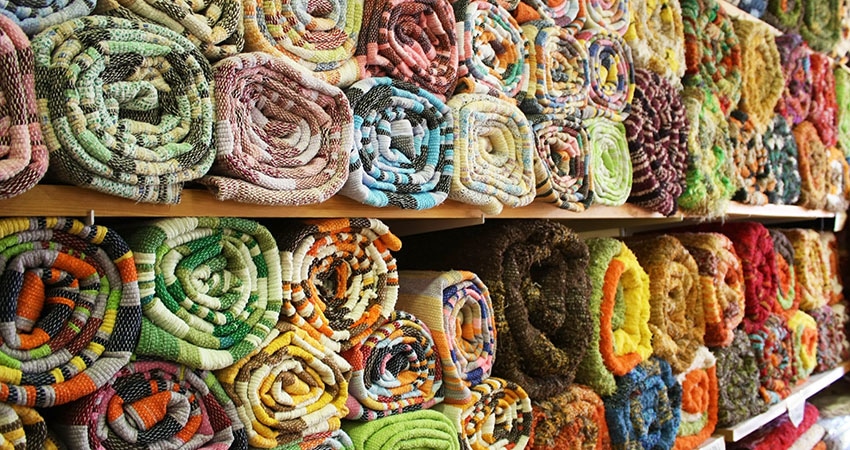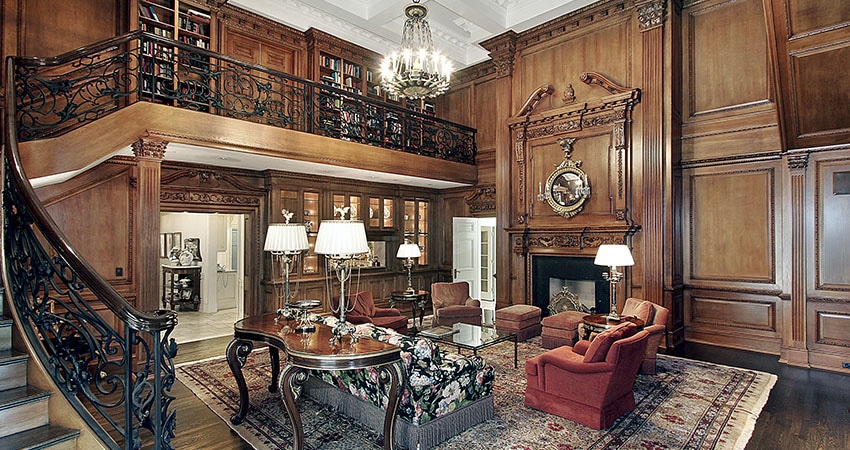Thousands of years back the art of rug making flourished in a country known as Persia. Common villages of Persia made informal types of handmade rugs in varied patterns. These rugs were used to protect them from winter climate and to decorate their tents. This continued for a long time and later it went into oblivion. Again during 16th century during the reign of Safavid dynasty, rug making again started to flourish under the great leadership of shah Tahmasp. He introduced carpet producing factories in the court. This facility turned rug making into a more established craft and business. During this period owning of rugs started to become a status symbol. Weavers started to introduce intricate formal designs for their masterpieces.
Know about Persian Rugs
The exquisite Tabriz rugs were set apart from other common rugs due to its specialized style and thin borders that shine through the heart people. The thin borders which contained crimson background formed elegant contrast to the floral motifs scattered throughout the rug. These were the same themes defined in antique Persian rugs but were amplified in terms of color and size. The overlapping floral elements draw attention of the viewers and stood out due to skillful use of highlighting.
Shah Abba one of the most eminent rulers of the Safavid dynasty became instrumental in introducing a program for the reconstruction of Persian economy which included some steps for improving carpet making industry also. He entered into treaties with European countries like England, Spain etc and welcomed silk merchants from their cities to the then capital city Persia named Isfahan. Later when Afghan invasion in 1722 weakened Persia the rug industry was the major loser. Persian Rug markets in Persia declined until the 19th century when European demand once again became steady and strong.
Persian Rugs -Market value
Most valued Persian rugs were hand made by native weavers using high quality silk and various dyes. Today it is possible to mass produce rugs using machines and cheaper yarns like cotton and wool. However in the world rug market those handmade and antique Persian rugs dating back to Safavid period are having more value and demand than the cheap mass made modern rugs. The type and quality of dye also has an important role in making Persian rugs so valuable and popular. Natural dyes are more costly than synthetic dyes because of their beauty, and the knowledge and skill needed to use them. The conventional loom on which oriental or antique Persian rug were woven consisted of wooden vertical strands of cotton, silk, wool etc and are attached to horizontal wooden beams and strands of the material were woven horizontally below and over the warp. Then rows of knots were tied between the wefts. Even after thousands of years the process still continues without any change at all. As the number of knots per square inch increases, more intricate the pattern becomes and more finer the rug becomes. Approximately 1000 knots per square inch is the standard knot density in Persian or oriental rugs. But some of these rugs contain only 100-300 knots per square inch. But the important point to understand at this point is that the greatness of oriental or Persian rugs is not calculated based on the knot density alone.
Iran’s culture is closely linked to the art of rug making. It takes one to the past as the art of carpet weaving is considered to have come into existence about 3500 years ago. Each design and its variations have close links with various tribes that were living in distinct regions. Persian rugs are considered very difficult to weave as it contained curved weavings in addition to geometric ones. The process of creating handmade Persian rugs in the traditional manner is considered to take at least one year for completion. Intricate designs and special patterns and motifs will be take more time than one year. During those days the dye colors have been considered to posses special meanings. For example red signifies courage, happiness and luck, yellow signifies sun, royalty and blue signifies honesty, power etc. Depending on the type of dye, material used, the period of making etc the price of an antique Persian rug available in a rugs on sale VA shop may vary from whopping $15,000 to $40,000. In a New York auction conducted in 17th century an antique rug was sold at an unbelievable price of $33.7 million



